Mississippi's GOP governor explains why herd immunity is just not 'a realistic solution' for COVID-19

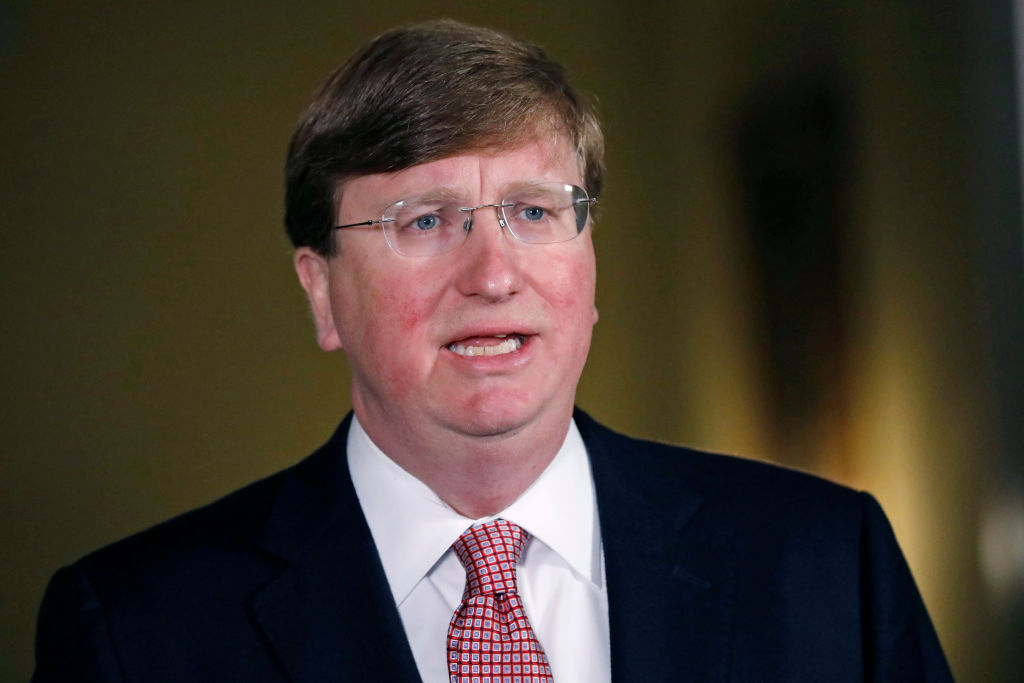
For people who believe trying to contain COVID-19 is too hard, or not worth the socioeconomic tradeoffs, or too uncomfortable, letting the new coronavirus spread freely throughout the population to achieve herd immunity — the point where the virus has saturated a community enough that it is effectively contained — without waiting for a vaccine might sound like a tempting, viable alternative to masks, social distancing, and more stringent measures.
Mississippi Gov. Tate Reeves (R) disagrees, and he explained why with some back-of-the-envelope math in a Twitter thread Monday evening.
In Mississippi, 40 percent of the population would equal 1.2 million people getting infected, versus the 36,680 cases that have already left the state's hospitals "stressed to the point of pain," Reeves wrote. To put it another way, Mississippi would need at least 3,187 new COVID-19 cases every day for a year, triple the state's worst days of this pandemic.
The Week
Escape your echo chamber. Get the facts behind the news, plus analysis from multiple perspectives.

Sign up for The Week's Free Newsletters
From our morning news briefing to a weekly Good News Newsletter, get the best of The Week delivered directly to your inbox.
From our morning news briefing to a weekly Good News Newsletter, get the best of The Week delivered directly to your inbox.
And even if you were willing to stomach 1.2 million to 2.4 million Mississippi residents getting infected with the virus, a study from King's College in London released Monday suggested people may lose their COVID-19 immunity within months, making herd immunity moot.
A free daily email with the biggest news stories of the day – and the best features from TheWeek.com
Peter has worked as a news and culture writer and editor at The Week since the site's launch in 2008. He covers politics, world affairs, religion and cultural currents. His journalism career began as a copy editor at a financial newswire and has included editorial positions at The New York Times Magazine, Facts on File, and Oregon State University.
-
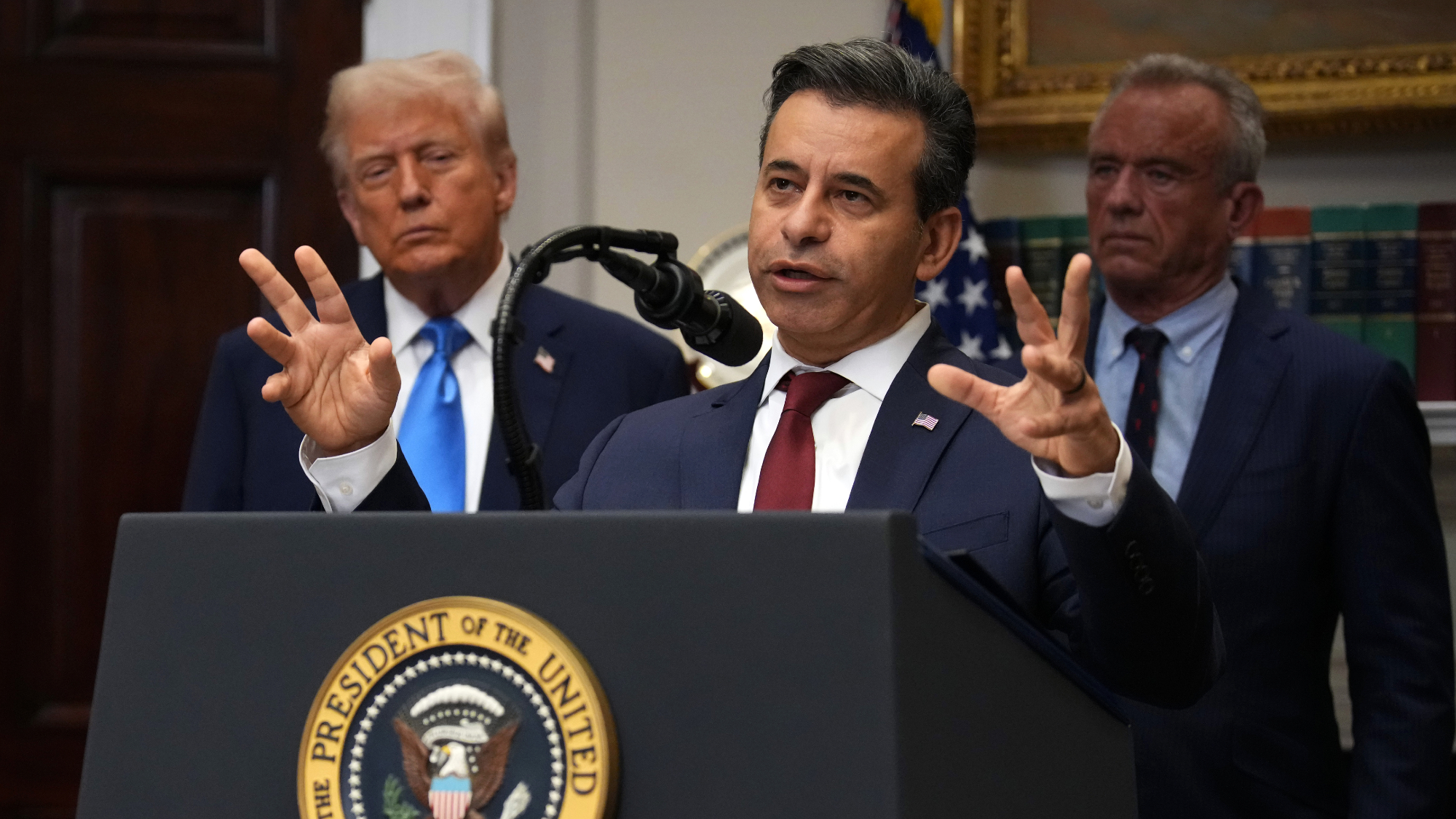 FDA OKs generic abortion pill, riling the right
FDA OKs generic abortion pill, riling the rightSpeed Read The drug in question is a generic version of mifepristone, used to carry out two-thirds of US abortions
-
 RFK Jr. vaccine panel advises restricting MMRV shot
RFK Jr. vaccine panel advises restricting MMRV shotSpeed Read The committee voted to restrict access to a childhood vaccine against chickenpox
-
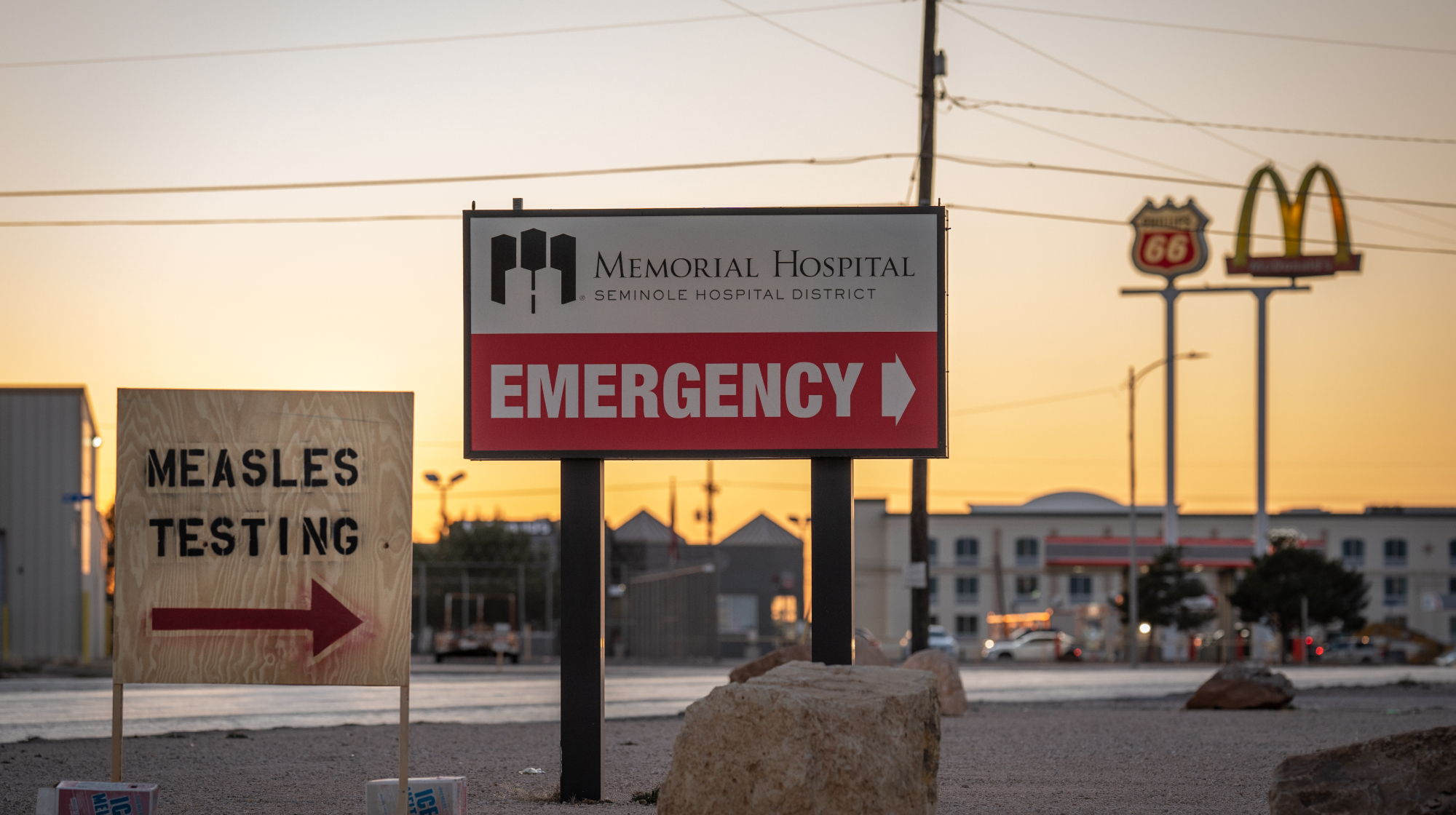 Texas declares end to measles outbreak
Texas declares end to measles outbreakSpeed Read The vaccine-preventable disease is still spreading in neighboring states, Mexico and Canada
-
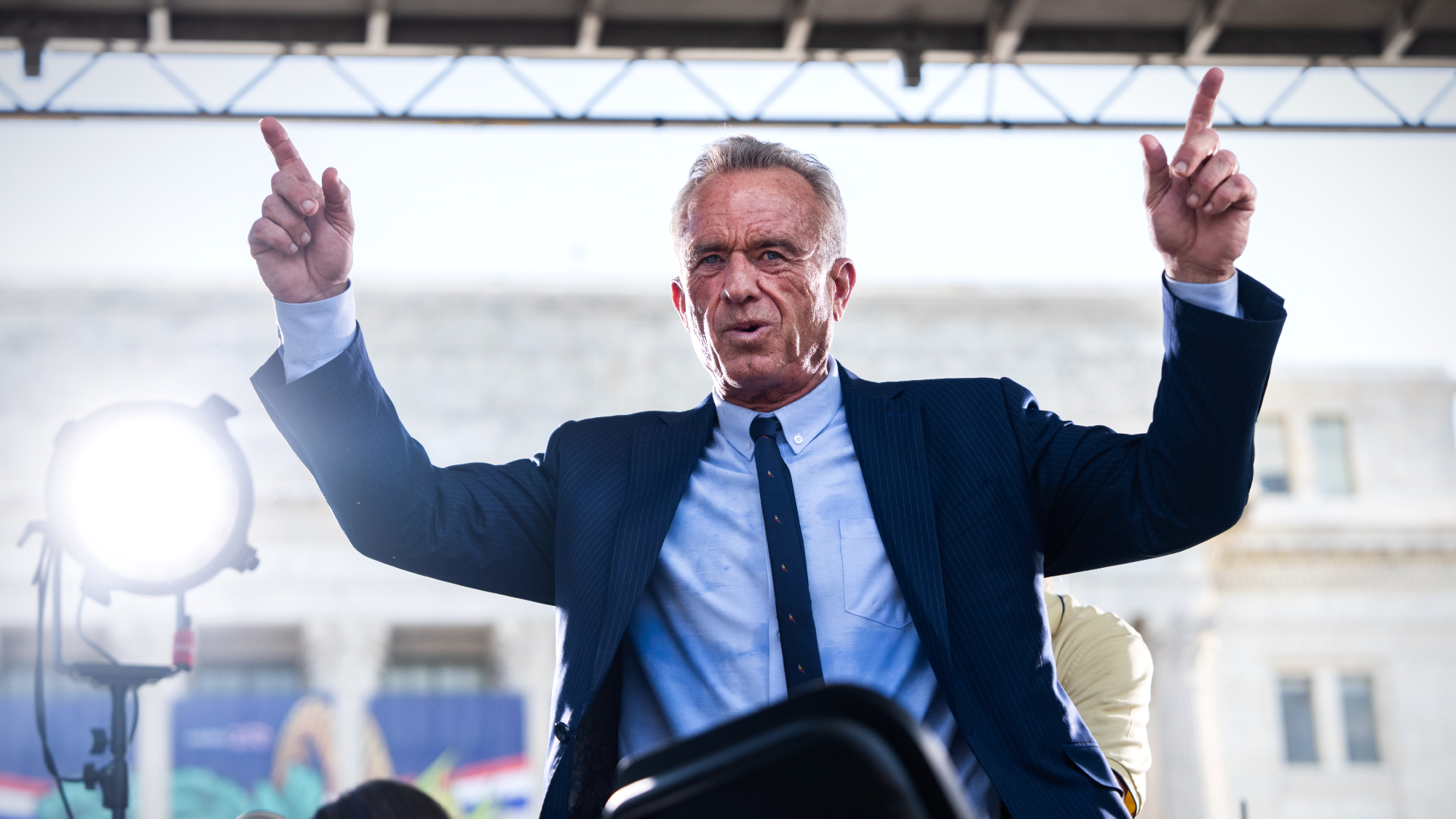 RFK Jr. shuts down mRNA vaccine funding at agency
RFK Jr. shuts down mRNA vaccine funding at agencySpeed Read The decision canceled or modified 22 projects, primarily for work on vaccines and therapeutics for respiratory viruses
-
 Measles cases surge to 33-year high
Measles cases surge to 33-year highSpeed Read The infection was declared eliminated from the US in 2000 but has seen a resurgence amid vaccine hesitancy
-
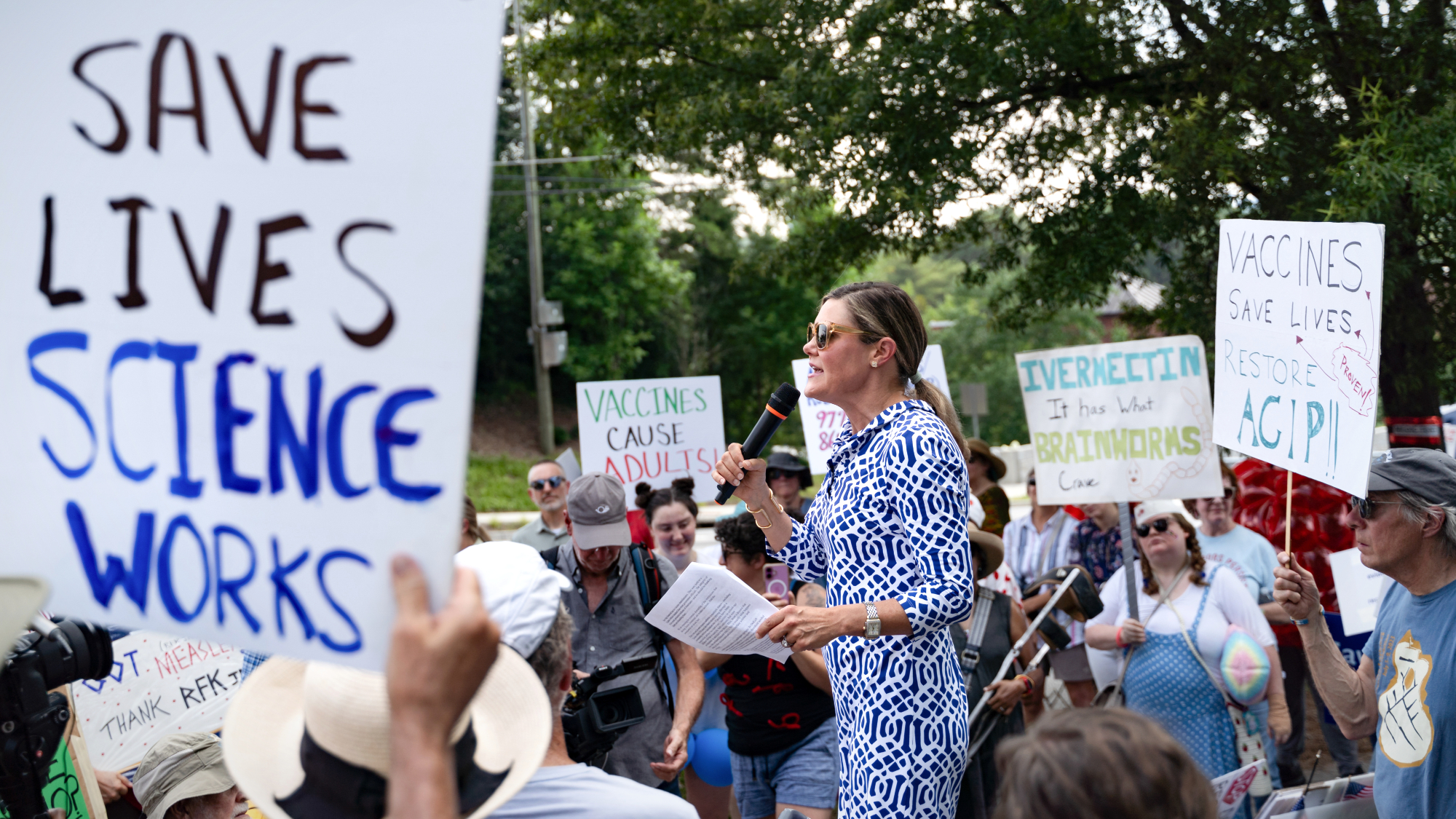 Kennedy's vaccine panel signals skepticism, change
Kennedy's vaccine panel signals skepticism, changeSpeed Read RFK Jr.'s new vaccine advisory board intends to make changes to the decades-old US immunization system
-
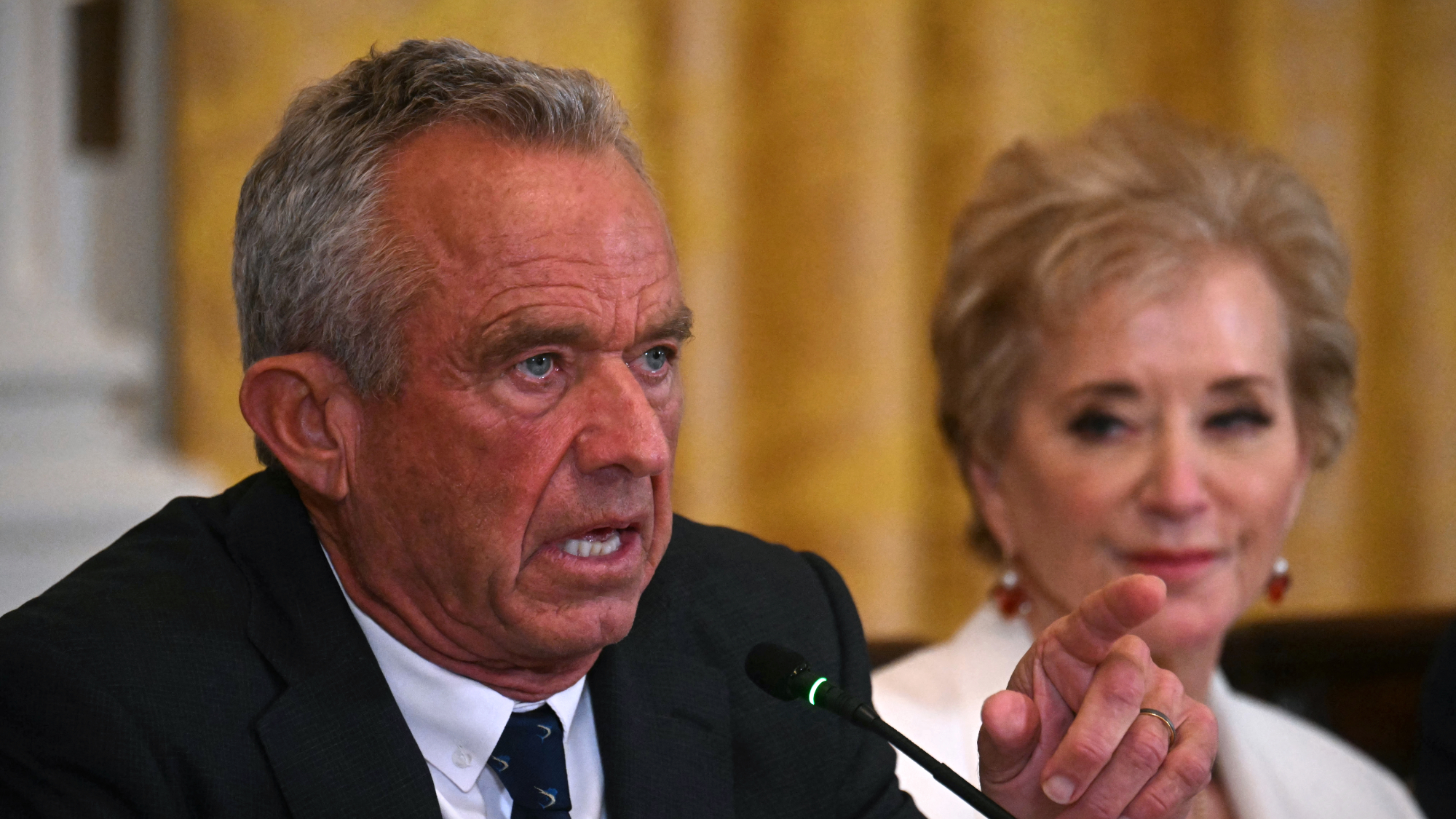 Kennedy ousts entire CDC vaccine advisory panel
Kennedy ousts entire CDC vaccine advisory panelspeed read Health Secretary RFK Jr. is a longtime anti-vaccine activist who has criticized the panel of experts
-
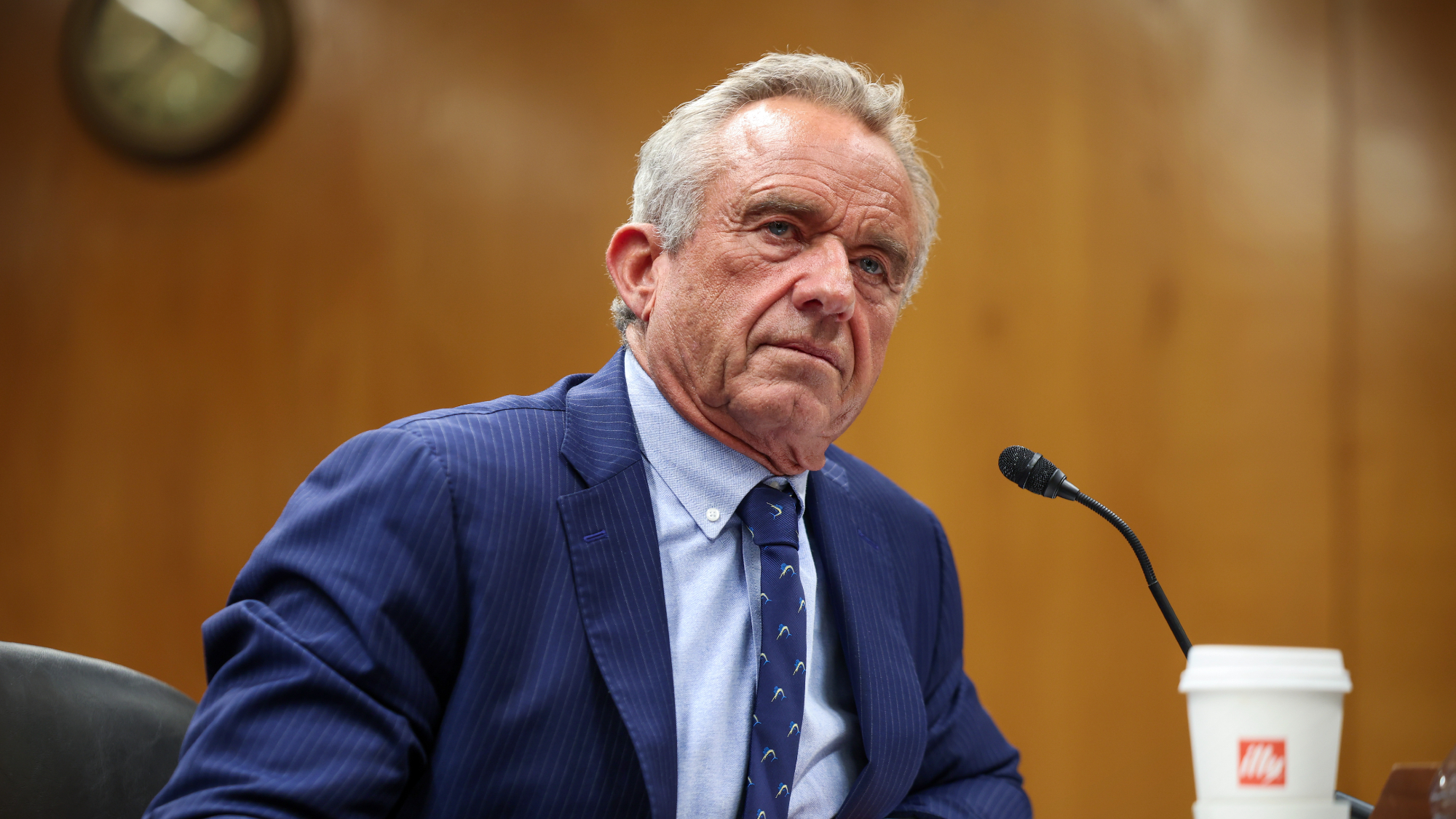 RFK Jr. scraps Covid shots for pregnant women, kids
RFK Jr. scraps Covid shots for pregnant women, kidsSpeed Read The Health Secretary announced a policy change without informing CDC officials


